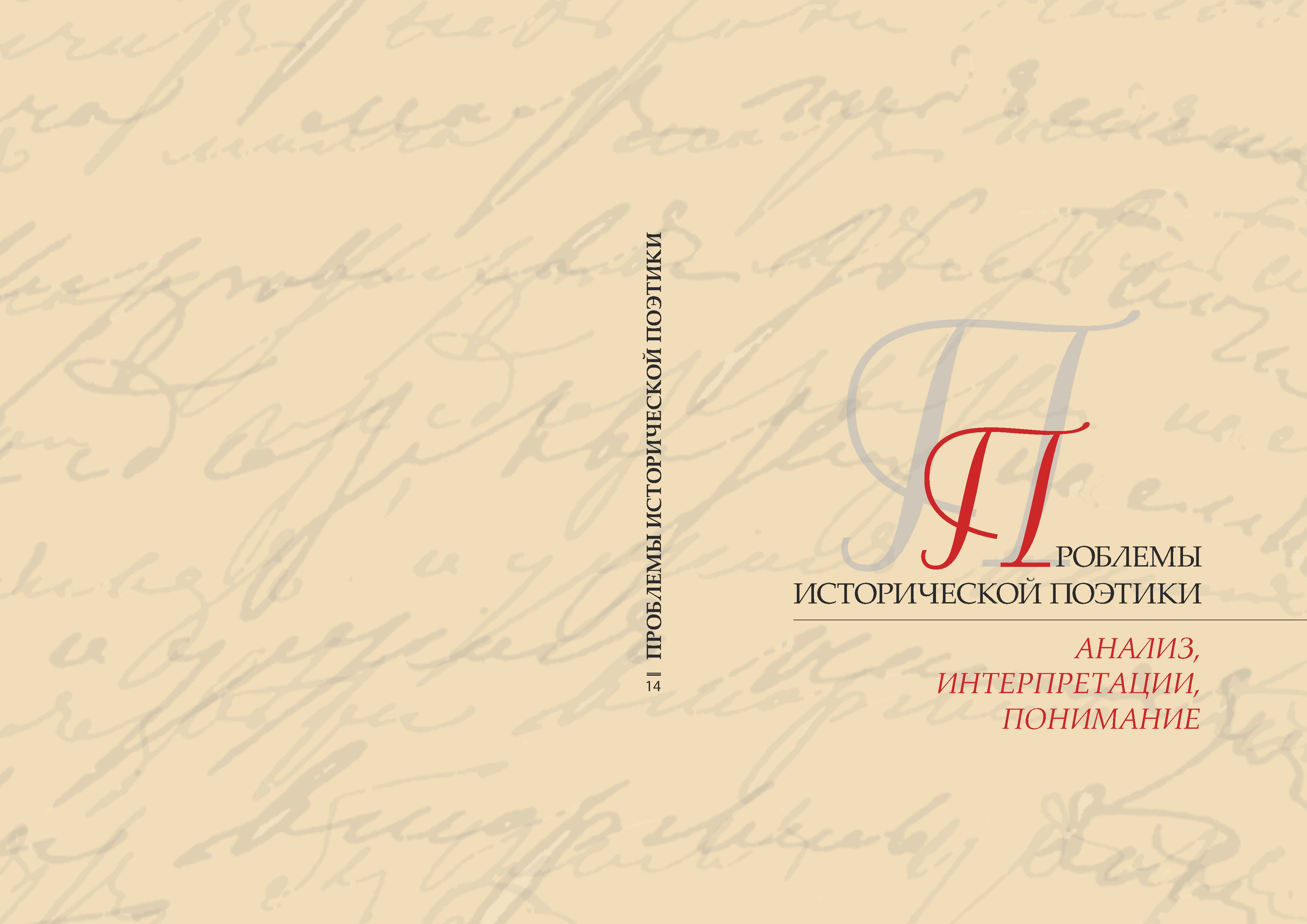«…НАКАНУНЕ ГИБЕЛИ ТОЙ РОССИИ»: 1916 ГОД В ХУДОЖЕСТВЕННОМ СОЗНАНИИ И.А.БУНИНА
“...ON THE EVE OF THE DESTRUCTION OF THAT RUSSIA”: THE YEAR 1916 IN THE ARTISTIC CONSCIOUSNESS OF I. A. BUNIN
Author(s): Olga BerdnikovaSubject(s): Language and Literature Studies, Literary Texts, Studies of Literature, Russian Literature, Philology
Published by: Петрозаводский государственный университет
Keywords: I. A. Bunin; prose and poetry of 1916; history and metahistory; Christian anthropology; “adamism”; poetology
Summary/Abstract: The article examines the poetic and prosaic works of I. A. Bunin which were written in 1916, the period of his artistic maturity. Poetry and prose are interpreted in terms of the writer’s presentiments of the “Russian cataclysm of 1917”, outlined in his literary works. Bunin’s Christian intuition allowed him to understand the year of 1916 in the context of the history and metahistory at the same time, as the eve and the outcome of the apocalyptic tension of Russian life. The Dantesque motif of the “half of mortal life” conceptually significant for the poet, and developed later in an ideological aspect as well as in the poetological paradigm, is presented for the first time in the article.Bunin declared “love and joy of being” as an immutable basis of his attitude, independent on time, with its historic upheavals. This article substantially clarifies the basics of the idea of the artistic memory thanks to the introduction of the concept of “adamism” which is very significant for Bunin in anthropological and poetological aspects. “Adamism” by Bunin is a product of the poet’s feeling to resuscitate a paradisaical attitude, giving a person happiness and the unity of being, biding the past, the present and the future and engaging him into eternity. It makes the poet avoid Modernism, and become a successor of the Christian spiritual tradition.In his prose the characters named Adam become a symbol of human moral and family degradation. The writer was aware that the tragedy of human existence is predetermined by an existential, rather than social, “sense of homelessness”, aloofness, loneliness, and, what is more important, by the absence of genuine love for God and people in a person’s heart.
Journal: Проблемы исторической поэтики
- Issue Year: 14/2016
- Issue No: 1
- Page Range: 346-360
- Page Count: 14
- Language: English, Russian

